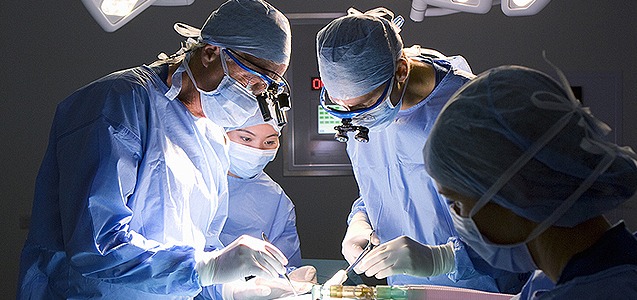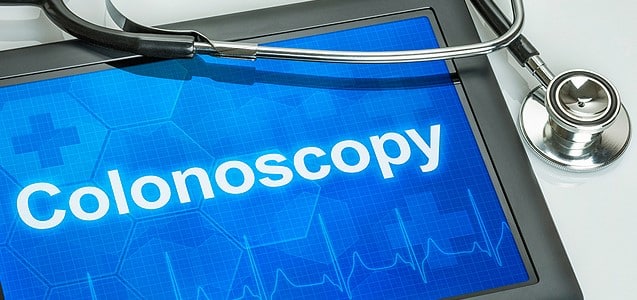Hospital-acquired conditions, also known as “never events”, are particularly awful medical mistakes that should not ever occur. Some examples of these preventable errors include:
- Operating on the wrong place on the patient’s body
- Discharging a newborn to the wrong parents
- Leaving a foreign object, such as a scalpel or sponge, inside the body
- Mismatched blood transfusion
- Causing an air embolism during treatment of a patient
Unfortunately, not all medical mistakes are avoidable at all times. In 1999, the Institute of Medicine (IOM) reported medical errors account for as many as 98,000 deaths per year. A more recent study specific to surgical errors conducted in 2013, found that more than 4,000 surgical “never events” occur annually in the United States.
Due to the fact that these events are preventable, health care organizations are attempting to get rid of them completely and health insurance providers, including Medicare and Medicaid, are no longer paying for costs related to hospital-acquired conditions (HACs). Also, many of these “never events” are being openly reported by the public. All of these strategies aim to inspire hospitals and medical professionals to accelerate the progress of patient safety.
Never events within hospitals can point to a major safety problem within an organization. It has been reported these error rates are much higher in the U.S. than in other developed countries such as United Kingdom, Germany, Canada, New Zealand and Australia. Some states, such as Minnesota (the first state to pass a statute that required obligatory reporting), have enacted legislation requiring reporting of hospital-acquired conditions but not all states are required to do so. It has been up for debate whether or not required reporting of HACs has affected how frequently they occur.
As the term “never events” indicates, these events should under no circumstance be occurring however, they continue to occur. If you or a loved one feel you are the victim of a medical mistake contact The Yost Legal Group today at 1-800-YOST-LAW (800-403-7259). When you call, you will speak with an experienced Baltimore Medical Malpractice attorney absolutely FREE.
The attorneys at Yost Legal Group are experienced, caring professionals ready to investigate your claim with compassion and determination. Call us today to receive a free, confidential consultation about your possible case.
At The Yost Legal Group, we will investigate every detail of your situation at no cost to you, and fight hard to ensure that your rights are protected.
We handle all cases on a contingency fee basis. This means you will never pay an attorney’s fee up front, and you owe us nothing unless we win your case.


